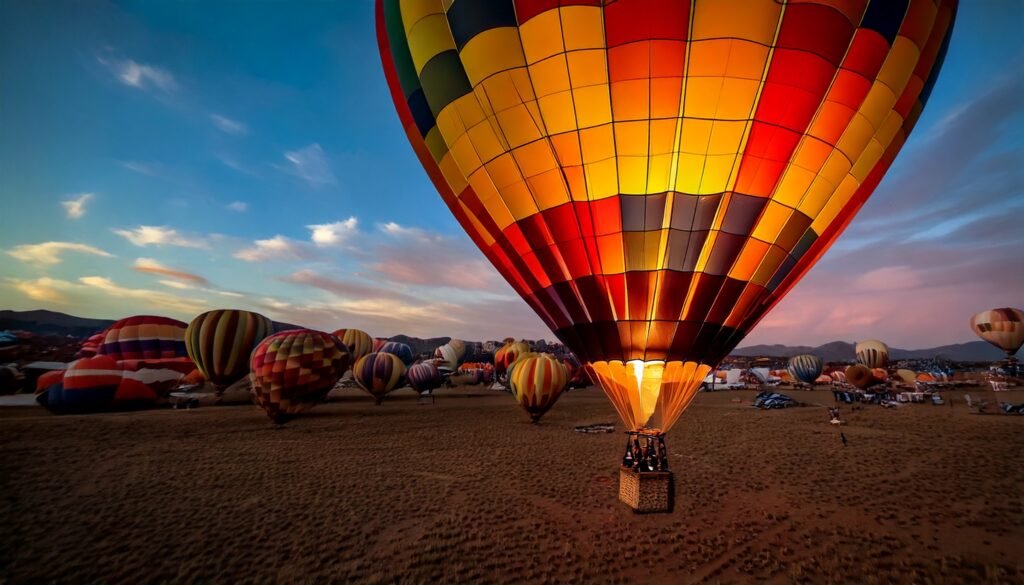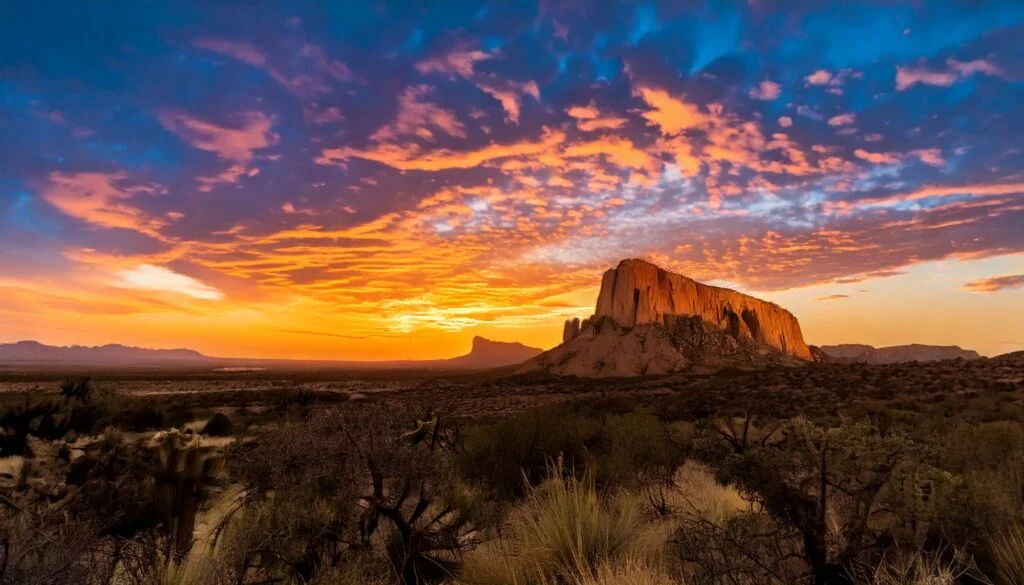I was confused at first by the name of this week’s amazing place and wanted to know why it’s called the Natchez Trace Parkway. I mean, what’s with that word ‘Trace’? The good news is, I’ve got that answer and other tidbits about today’s stop at one of America’s Amazing Places.
History of the Natchez Trace Parkway

The wonderful history of the Natchez Trace inspired today’s puzzle, which tries to imagine how beautiful it would have been 150 years ago,
The Natchez Trace Parkway is a 444-mile scenic route that passes through three states: Mississippi, Alabama, and Tennessee. Its name comes from the ancient trail used by Native Americans and early European settlers who traveled between Nashville, Tennessee and Natchez, Mississippi. The term “Natchez” comes from the Natchez people, an indigenous group that lived in the area now called Natchez, Mississippi. The term “Trace” refers to a path or trail. Therefore, the Natchez Trace was essentially a trail used for travel and trade over many centuries.
Ancient trail
The name makes more sense now that I know the Natchez Trace was for trade and transportation. In fact this trail has been in use as a corridor for trade for nearly 10,000 years. Native American tribes such as the Choctaw, Chickasaw, Creek, and Cherokee used this trail to exchange goods and connect their settlements. The trail also served as a hunting route for buffalo.
Post-colonial use
In the late 1700s and early 1800s, the Natchez Trace grew in importance. Settlers, traders, and soldiers used the route to travel between Nashville and Natchez, Mississippi. Most people traveled on foot or horseback because wagons were difficult to use on the narrow trail. This led to the creation of places along the Trace where travelers could stop for food, shelter, and rest. These rest areas became known as “stands.”
A National Park is born
In 1938, President Franklin D. Roosevelt designated the Natchez Trace a national parkway in an effort to preserve its beauty and historical significance. The parkway was officially completed in 2005, making it the longest national park in the United States.
Did you know?
Kaintucks used The Trace to return home
In the late 18th and early 19th centuries, the name “Kaintucks” originated. It described the boatmen and traders from the Ohio Valley region. Most of the Kaintucks were from Kentucky. They traveled down the Mississippi River to New Orleans in flatboats or keelboats. After selling their goods, the Kaintucks sold their boats for lumber and walked the Natchez Trace for the return trip.
The Stands still stand
The stands of the Natchez Trace were essential rest stops established along the trail to provide food, shelter, and respite for weary travelers. Enterprising settlers who saw an opportunity created the early American equivalent of today’s roadside inns that catered to the needs of these travelers. Remarkably, two of these historic stands have been preserved and can still be visited today.
Not everyone likes the Natchez Trace Parkway
The Natchez Trace played a significant role in the development of towns and communities along its route, contributing to the region’s economic and social landscape. Yet, when the Natchez Trace Parkway was constructed, its route did not always align perfectly with the original path of the historic Natchez Trace. As a result, the routed bypassed several towns that previously benefited from traffic along the old trail
Final thoughts and looking forward
It’s amazing that the Natchez Trace has been in use for 10,000 years. From Native Americans to the resourceful Kaintucks to the ‘stands’ that popped up and provided much-needed rest, the Natchez Trace offers a glimpse into the past while continuing to capture imaginations in the present.
Did you see last week’s puzzle? If not, check out Boundary Waters Canoe Area Wilderness. Or, if you’d like, click here to take a look at all my Friday Morning Posts.
Join me next week for a journey to another iconic landmark (and another fun jigsaw puzzle!), Missouri’s Gateway Arch National Park. You won’t want to miss it!





17:43 minutes it took to do this lovely trail. And a new addition to our bucket list.
Thank you.
7:14, this was a challenging one!
7:40, looks so peaceful.
15:38
9:29 today
8:41. Looks like a lovely place to enjoy the forest.
Beautiful picture. My time is 13:56.
8:31 the hardest one so far, but it looks like such a peaceful walk! thanks so much, look forward to the puzzle every week!
Glad you’re enjoying them, Kat! More to come!
16:14…that was way harder than I thought it would be!
I know, Christy, it fooled me, too.
9:24
Lovely puzzle and interesting info.
14.28 very tough tree trunks! Spooky vegetation trail!
I hadn’t thought about it, but it is a little spooky, isn’t it? 🙂
12:00